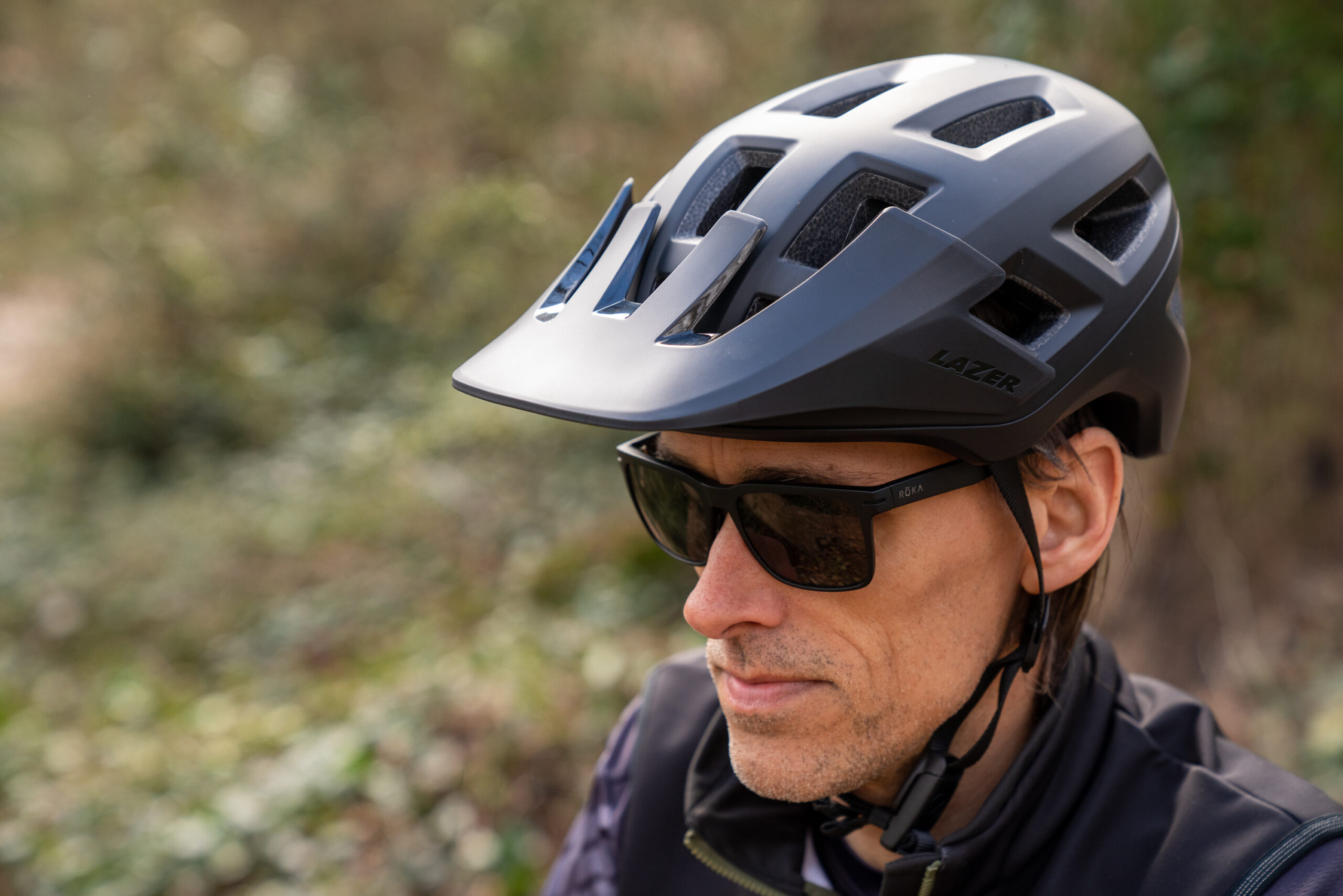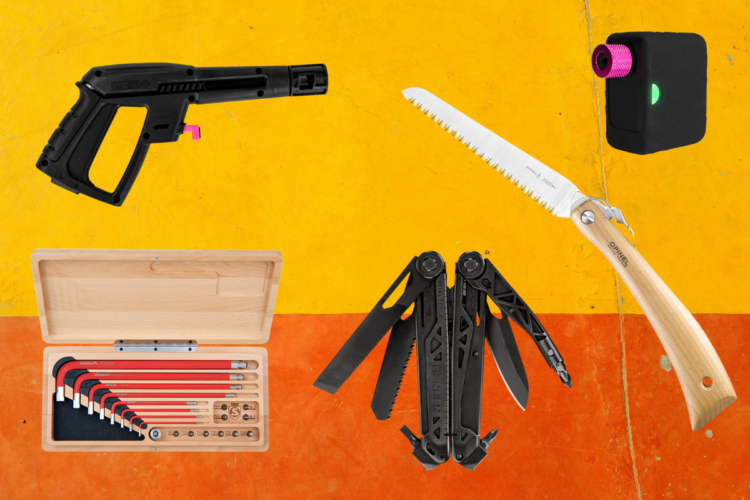
What’s your go-to helmet? Do you find a particular brand and stick with it? Maybe you lean toward the helmet with the most safety technology packed in. Or perhaps, like many of us do, you look for what is on sale, the best bang for your buck. These are not always a great indication for what fits your head.
My helmet journey has jumped in and out of each of those categories at one point. Like many, I started out with a cheaper helmet but then decided my brain was worth spending a bit more.
Fit is an apparent reason to purchase—or not purchase—a helmet. If a helmet is uncomfortable or doesn’t fit your head correctly, you will likely move on. But what goes into the fitment process in helmet design and manufacturing? What should we know about how a helmet fits as we go to buy our next one?
We spoke with Jake Dixon of Smith Optics about helmet fit and how Smith is working to reach all their customers. Dixon is the Global Product Line Manager for helmets at Smith and divides his time between cycling and snow products. Dixon has his hand in many different aspects of the helmet manufacturing process on a daily basis.
MTB Helmet fit: Is your head shape oval or round?
Have you ever had a helmet that just doesn’t seem to fit your head? Most brands I have tried fit sufficiently enough to feel comfortable and confident wearing the helmet.
Yet, I have always heard that some brands may not fit certain head shapes. You may have read reviews or articles in the past telling of helmets formed with a more “European” or “Asian” head shape in mind. Dixon told us that Smith has moved away from regional/ethnic language to describe the form shape of a helmet.
“There’s so many helmets in the world, so many different brands, everybody has found their little corner,” said Dixon. “We have our proprietary Smith head form that we use to build for all of our sizes. Everybody has different shapes for that head form that they are building off of.”
Dixon explained that the shape Smith chose to build their helmets comes from years of compiled data. This data is based on what Smith feels is one of the best fits for their target audience and market.
Yet, still, a particular helmet may not fit your head. Perhaps the brand you are interested in better fits rounder head shapes and your head is more oval. This isn’t necessarily the end of the line for you and that brand.
“We do have options for different pad kits and different shell shapes for our round and oval contour-fit helmets,” said Dixon. Many other brands do as well.
Dixon encourages helmet buyers to check out different ways to make a particular helmet fit before writing a brand off entirely.

What size bike helmet do I need?
Being in between sizes is one of the most common issues folks run into with having a helmet fit properly. Measuring your head is a great place to start. However, knowing your head size and ordering online doesn’t compare to going to your local bike shop and trying it on.
“When it comes down to the user and fitting the helmet, it’s always best to try it in person when you’re in between sizes, for sure,” said Dixon. “We’ve overlapped on our sizes, for a reason.”
Smith is amongst many helmet manufacturers overlapping their sizes. For example, a size large will fit up to a 62cm head circumference, and an X-large starts at 61cm.
Having two different sizes that work in the same line of helmets helps give the consumer more options, but it doesn’t always equal a good, or safe, fit. Take one of my favorite trail helmets, the Smith Forefront 2. A size medium fits great, but I can crank down on a large, getting it to fit on my head. While the size large Forefront fits, I’m left with about a half-inch gap between my head and the helmet.

Too much room between your head and the helmet is an indicator that you should have gone with a smaller size. Dixon told of customers who initially thought a smaller size was a bad fit, but after a few rides and the foam padding settling in, the helmet fit them great.
But what is the best indicator that a helmet is not a good fit? Obviously, if you are getting headaches from a helmet, it’s probably too small. We’d all pass on the helmet giving us headaches, but we often don’t know we’ll get a headache until a few miles in. Hopefully, you’re well-known at your bike shop, and they’re willing to exchange it for a bigger size.
Smith, and many other helmet brands, have a dial adjustment on the back of their helmets for the perfect fit. Dixon suggested the fit dial as being the best indicator of a helmet fitting your head.
“If you bottom out or top out the fit system—those things have a lot of reach—if you hit either end of those, you’re in the wrong size.”
Dixon compared it to buying shoes that are too big and tying the laces as tight as you can to keep them on.
“The fit system is really there to minimize those gaps, not to be the feature that secures the helmet onto your head solely.”
Bike helmet fit tips
- The helmet should sit down on your head, resting above your brow, with only a few clicks from the dial adjustment system to snug the helmet. If you are on either end of the dial spectrum, you’re in the wrong size.
- Buckle the chin strap and snug it up under your chin. The strap should be snug enough to keep the helmet on your head but shouldn’t be uncomfortable. About two fingers is usually a good gauge.
- Shake your head a bit. The helmet should feel as if it moves appropriately with your head, not freely from your head.
After making sure the basic fit of a helmet is good, there are a few things that can help make a helmet fit better that may not be noticeable initially. Companies may have different padding options to go in their helmets. The yoke in the back of the helmet may be able to move up and down. Perhaps these adjustments are only a few millimeters, but sometimes that is all that is needed to get a helmet fitting comfortably.

Finding the right helmet fit for your hairstyle
We are seeing the mountain biking landscape slowly becoming more diverse. But, as you can imagine, things like helmets in a white-male-dominated sport have predominantly been catered to fit, well, white males. This means fitting white hair, which is much different from the hair of Black and brown mountain bikers.
Dixon told us Smith is absolutely taking all riders into consideration. Smith has close relationships with their athletes, both on the mountain bike and snow helmet sides, that they can get feedback from.
“We’ve been working really tightly with Zeb Powell and Brooklyn Bell,” he said. “We work closely with them to figure out what are their needs, how are they experiencing fit, are they sizing up, and taking those considerations into our internal conversations.”
The issue seems to go beyond fit and perhaps into the conversation of safety. Dixon pointed out that the safety testing done on helmets certainly doesn’t take hairstyles such as dreadlocks into consideration. In fact, they don’t take any hair into consideration at all.
“A test dummy isn’t wearing a wig, or any hair in general, let alone dreadlocks or an afro or bigger hair in general. It’s definitely something we’re deep into and trying to figure out.”
Dixon told us that Smith is coming at this issue from two angles. First is if the fit of the helmet is working out. Secondly, are safety systems, like MIPS, working as they should if they were tested on a bald manikin?
“We don’t have all the answers but we have been pushed by our athletes and consumers to do that, as well as brands like REI have been pushing us to look into this,” said Dixon We’re coming out with statements and guidelines to give to people of color, people with different types of hair, to get them included and get a product that will keep them safe.”


















1 Comments
Oct 6, 2023